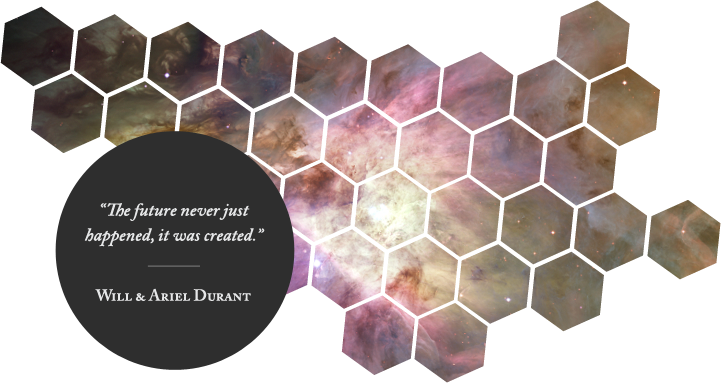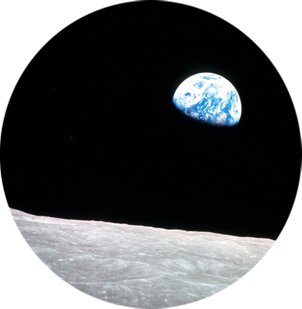Take the Next Giant Leap Forward

We exist to make the capability of human travel beyond our solar system a reality within the next 100 years. We unreservedly dedicate ourselves to identifying and pushing the radical leaps in knowledge and technology needed to achieve interstellar flight, while pioneering and transforming breakthrough applications that enhance the quality of life for all on Earth. We actively seek to include the broadest swath of people and human experience in understanding, shaping and implementing this global aspiration.
Taking up this task ignites not only our imagination, but the undeniable human need to push ourselves to accomplishments greater than any single individual.
THE WHY
When we explore space, we garner the greatest benefits here at home. The challenge of traveling to another star system could generate transformative activities, knowledge, and technologies that would dramatically benefit every nation on Earth in the near term and years to come.
We believe that pursuing an extraordinary tomorrow will build a better world today.
Today, people take very much for granted (but would loath to surrender) the benefits space exploration has provided right here on Earth.
Global positioning satellites (GPS); remote sensing for water, minerals, and crop and land management; weather satellites, arms treaty verifications; high-temperature, light-weight materials; revolutionary medical procedures and equipment; pagers, beepers, and television and internet to remote areas of the world; geographic information systems (GIS) and algorithms used to handle huge, complex data sets; physiologic monitoring and miniaturization; atmospheric and ecological monitoring; and insight into our planet’s geological history and future – the list goes on and on.
Also remarkable is the boom in other science and engineering fields - and the accompanying wave of social creativity, artistic expressions, and educational innovation - that followed the Apollo missions and each successive leap in space exploration.
Technologies created for and made possible by space exploration permeate, shape and are an integral part of our world.
Travel to the stars will require: the development of revolutionary non-chemical technologies to generate, harness, control and store enormous quantities of energy safely; radical advancements in closed-loop life-support systems and sustainable habitats; new insights into human development, health, behavior and training; quantum leaps in agriculture, communication and handling massive data sets; advances in robotics, automation, intelligent systems, and manufacturing techniques; as well as deeper, robust understanding and innovative approaches to social structures, education, economics and finance, legal frameworks, politics and international collaboration.
Programs to establish a human presence on the Moon, Mars, or elsewhere in our solar system will be stepping-stones to the stars.
All the capabilities needed to accomplish human interstellar travel are the same ones required for successful human survival.

REALITY CHECK
The concept of humans traveling to other star systems may appear fantastical, but no more so than the fantasy of reaching the Moon was in the days of H. G. Wells. “The First Men in the Moon” was published considerably less than 100 years before humans landed on the Moon (1901 vs. 1969), and the rapidity of scientific and technological advances was not nearly as great as it is today. The truth is that the best ideas sound crazy at first. And then there comes a time when we can’t imagine a world without them.
*Images courtesy of NASA/Hubble
